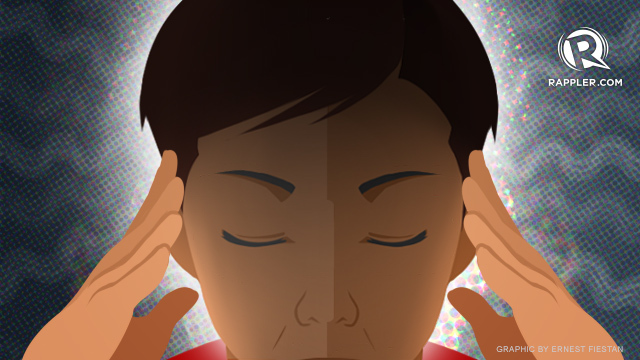![DAILY STRUGGLE. Commuters stranded in a traffic along Commonwealth Avenue on Tuesday during rush hour. Photo by Joel Liporada/Rappler]()
“Wala kasing disiplina ang mga Pilipino (Filipinos have no discipline).” This is the usual layman explanation behind traffic woes experienced in Metro Manila.
The common target of the “walang disiplina (no discipline)” label are public utility vehicle (PUV) drivers. Notwithstanding the report of the Philippine National Police Highway Patrol Group (PNP-HPG) that private vehicle drivers commit more traffic violations than their PUV counterparts, the sight of PUVs loading and unloading passengers in seemingly anarchic and predatory fashion shapes much of the everyday discourse on Metro Manila’s traffic problems. (READ: Can the police fix EDSA traffic?)
The problem with the “no discipline” explanation is that it usually frames the problem at the level of individual drivers, specifically at the level of a person’s ugali (attitude). However, as many of us may have observed, PUV drivers go from being undisciplined to disciplined and back as they go from one traffic context to another.
I believe that the lack of traffic discipline among PUV drivers is better viewed not as an individual personality trait but, rather, as a product of specific contexts where disciplined traffic behavior is not encouraged and, consequently, is not institutionalized.
Traffic behavior
According to institutionalist scholar, W. Richard Scott, institutions are supported by 3 pillars: regulative, cultural-cognitive and normative. In places where traffic discipline has been institutionalized, rules, shared understandings, and norms are most likely working in concert to encourage and reinforce disciplined traffic behavior.
Much of our traffic management measures operate on the regulative pillar, with emphasis on the enforcement of rules and the imposition of sanctions. The recent deployment of the PNP-HPG on EDSA to apprehend traffic violators is an example of such a regulative measure.
While strict rule enforcement could induce traffic discipline, as evidenced by the improved traffic flow in EDSA after the PNP-HPG took over the road’s traffic management, relying on regulative measures alone is not a sustainable solution.
Traffic regulation works through coercion, which means that driver behavior and action is primarily based on her or his calculation on whether the costs and risks of possible sanctions outweigh the potential benefits of engaging in undisciplined traffic behavior.
Regulation alone could only work through a sustained show of force, which could prove costly and impractical in the long run. To sustainably institutionalize traffic discipline, one must then go beyond the regulative pillar and work on the cultural-cognitive and the normative pillar.
In this regard, the traffic behavior of jeepney drivers whose routes pass through the University of the Philippines Diliman in Quezon City presents an interesting case. Despite minimal rule enforcement and police visibility, jeepney drivers have long been loading and unloading passengers in an orderly manner in designated zones within the UP Diliman campus. A very noticeable element that aids in the disciplined loading and unloading of jeepneys in UP Diliman is the clear designation of jeepney stops. All areas with waiting sheds along the jeepney routes are official jeepney stops, which generalizes the waiting shed as the definitive symbol of loading and unloading zones.
Many major traffic zones in Metro Manila do not have clearly defined stops. Quezon Avenue and Aurora Boulevard in Quezon City and the Quiapo Church area in Manila are some prominent examples. Arguably worse are roads like España Boulevard and Taft Avenue in Manila, where PUV drivers get cited for traffic violations when they load and unload in some areas that have waiting sheds. If these are not official stops, then why were waiting sheds constructed in these areas?
The conflict between law enforcement and cultural symbols creates ambiguity and dilutes the symbolic value of waiting sheds as common sense markers of loading and unloading zones.
Working on the cultural-cognitive pillar, recognizable symbols of designated stops are important in institutionalizing traffic discipline because it strengthens shared understandings on expected behavior not only among PUV drivers but also with their passengers. Often overlooked in traffic management schemes, disciplining passenger behavior is an important component in encouraging disciplined behavior from PUV drivers.
The bus and jeepney stop scheme in Ayala Avenue in Makati is a good example of how clearly defined loading-only and unloading-only zones could effectively institutionalize discipline in both passengers and drivers even during times when traffic enforcers are absent.
However, strictly enforcing rules and having clearly defined loading and unloading zones may still be not enough to induce PUV traffic discipline. One clear case of this problem is EDSA, where some bus drivers still engage in undisciplined traffic behavior despite the presence of the PNP-HPG and the clear designation of bus stops.
The problem lies in the normative pillar of institutionalization.
Possible solutions
Majority of PUVs in Metro Manila operate in a highly competitive context.
Because of the boundary system where drivers are required to raise a certain amount of revenue for vehicle operators before they earn anything, the income of PUV drivers are dependent on the number of passengers that they get on a given day. Coupled with a lax PUV franchising system that creates a free-for-all competition for dozens of PUVs plying the same route, the boundary system induces fierce competitive attitudes, making predatory driving and one-upmanship the normative behavior for PUV drivers competing over a limited pool of passengers.
Competition-induced lack of traffic discipline is not a problem unique to Metro Manila, as this may also be observed in other areas with the same highly competitive PUV set-up. Notable examples are the urban centers in India with their chaotic run of buses and rickshaws, the city of Cairo in Egypt with their tuk-tuks (auto-rickshaws) and microbuses, and the city of Jakarta in Indonesia with their aggressive mini-buses, bajajs (tricycles), and unregulated ojeks (motorcycle taxis).
Breaking rules and predatory behavior are products of highly competitive contexts, and this may be observed not just among PUV drivers but also in many other people engaged in a fierce competition for customers.
To institutionalize traffic discipline among PUVs in Metro Manila, there is a need to restructure PUV operations to counteract the normative effects of fierce competition.
Three possible solutions can be readily found in actual cases in Metro Manila. First is the implementation of a fixed salary system for PUV drivers instead of a boundary system, which was already the subject of a LTFRB and DOLE order to bus operators back in 2012. The said order should be expanded to all forms of public transport, and operators should be strictly monitored for compliance.
A second possible solution is the total dismantling of competition and the awarding of a monopoly franchise in public transport operations in a specific route. Such is the case in the public bus system in Bonifacio Global City, which is noted for its disciplined operation.
A third possible solution may be found again in the case of PUVs in UP Diliman. Jeepney drivers plying the same route are mostly members of a single transport association. Association membership creates a cooperative context, instead of a competitive one, which subsequently reduces driver tendencies to one-up their fellow drivers to get more passengers. Strong functioning transport associations create self-policing among its members, utilizing the normative force of honor and shame to compel members to behave in an appropriate manner.
In sum, the issue of lack of PUV driver discipline in Metro Manila is a matter that is best viewed not as a problem of individual personality trait or ugali, but as a product of contexts that do not encourage disciplined behavior.
Aside from the usual regulatory measures, traffic management authorities should also look at solutions operating in the cultural-cognitive and normative pillars of institutionalization, including the clear designation of loading and unloading zones, implementation of fixed salary schemes, awarding of monopoly franchises where feasible, and the strengthening of member regulation by transport associations.
Of course, it must be said that solutions to PUV driver discipline alone could not solve the complex Metro Manila traffic problem if problems of lack of private vehicle driver discipline, insufficient infrastructure, high population density, and unbalanced economic development are not similarly addressed. – Rappler.com
Erwin F. Rafael is an Instructor in the Department of Sociology of the University of the Philippines-Diliman.
![]()



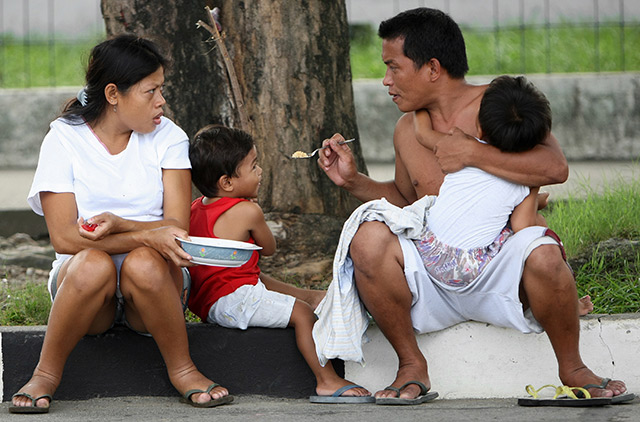
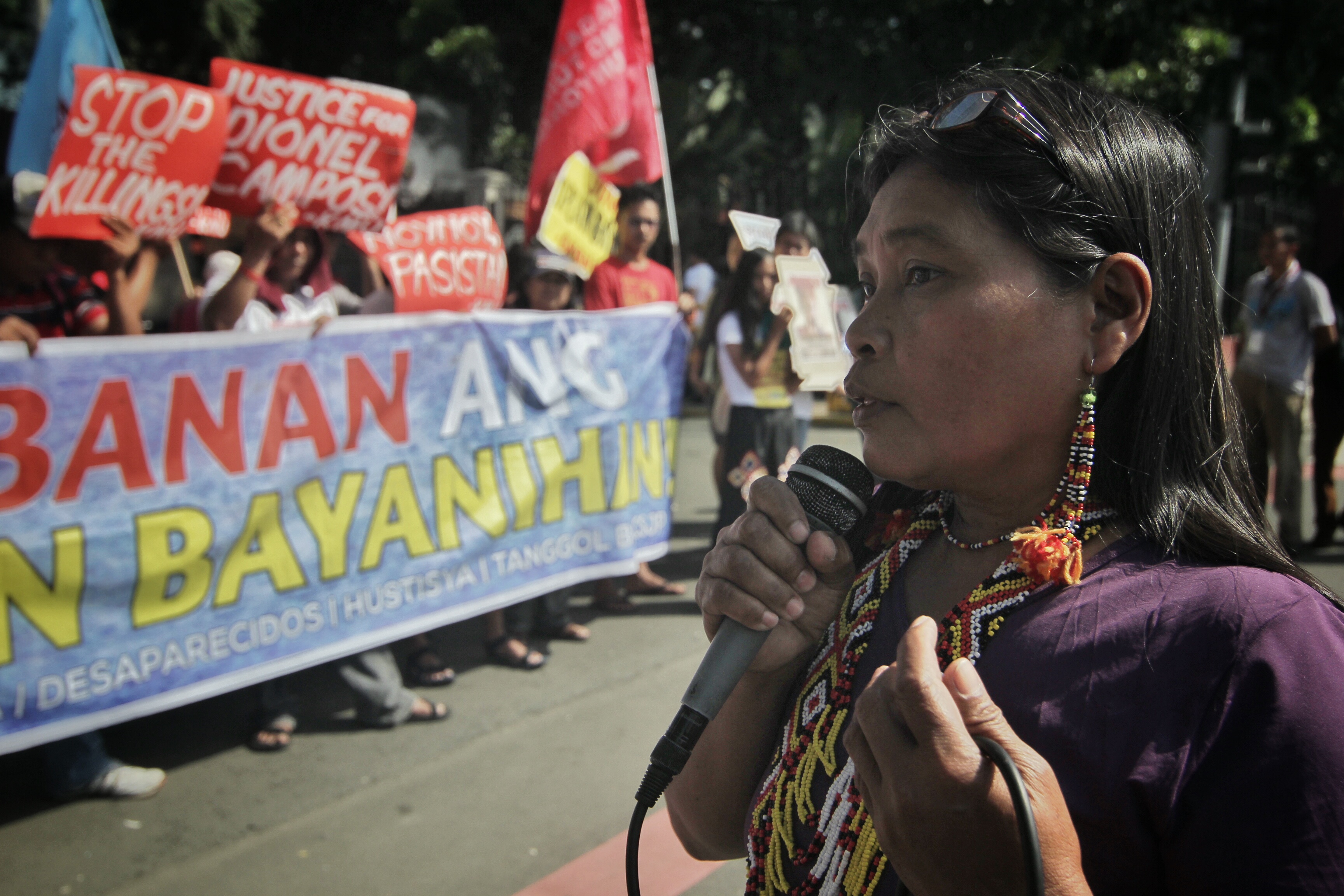




 The Filipinos may be ready for Rodrigo Duterte, but he is not ready for the Filipinos. His reluctance to run for the presidency drives home that point. (READ:
The Filipinos may be ready for Rodrigo Duterte, but he is not ready for the Filipinos. His reluctance to run for the presidency drives home that point. (READ: 
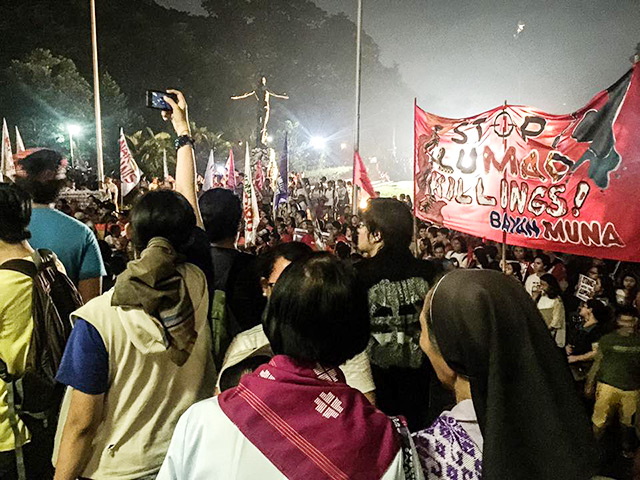
















 After days of fighting the scorching heat and muddy roads, our team finally reached the Agta community in an island barangay in Casiguran, Aurora — the area where
After days of fighting the scorching heat and muddy roads, our team finally reached the Agta community in an island barangay in Casiguran, Aurora — the area where 


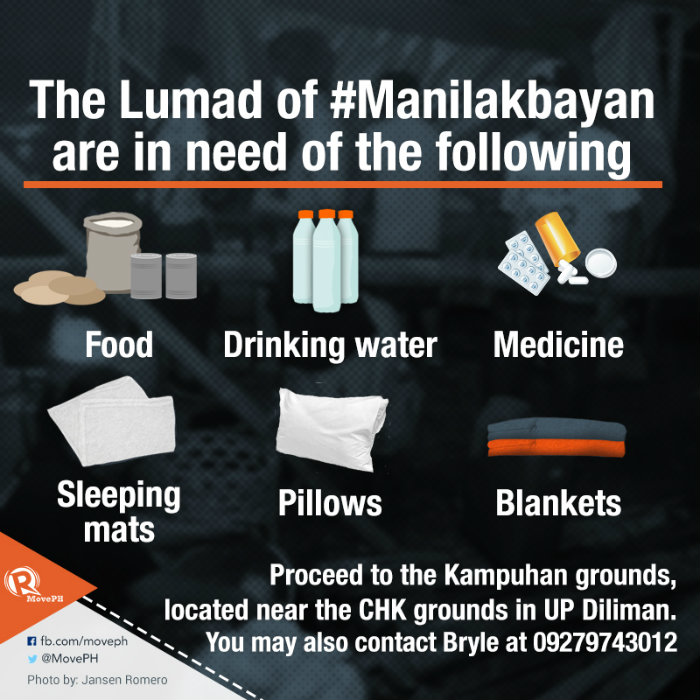


 The Philippines, in its Intended Nationally Determined Contribution (INDC), committed to a 70% carbon emission by 2030, based on a business as usual model. The INDC is every country’s commitment to mitigate carbon emissions and to lay out plans for climate change adaptation under the United Nations Framework Convention on Climate Change (UNFCCC).
The Philippines, in its Intended Nationally Determined Contribution (INDC), committed to a 70% carbon emission by 2030, based on a business as usual model. The INDC is every country’s commitment to mitigate carbon emissions and to lay out plans for climate change adaptation under the United Nations Framework Convention on Climate Change (UNFCCC).




